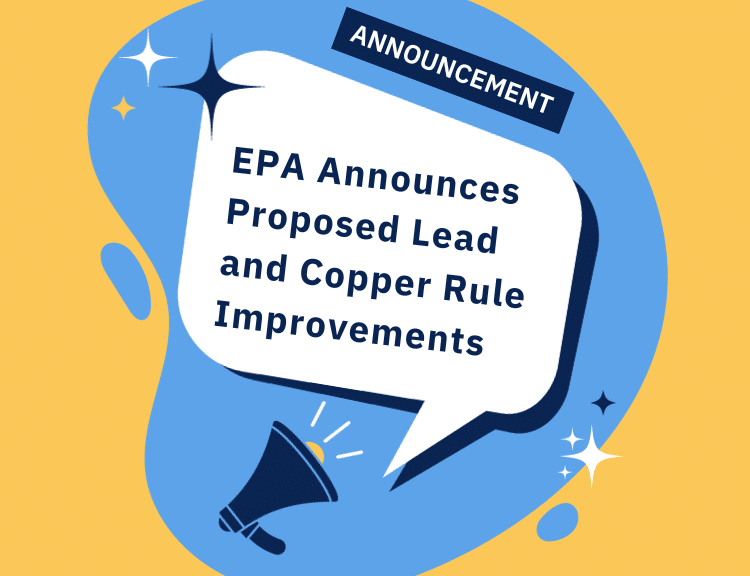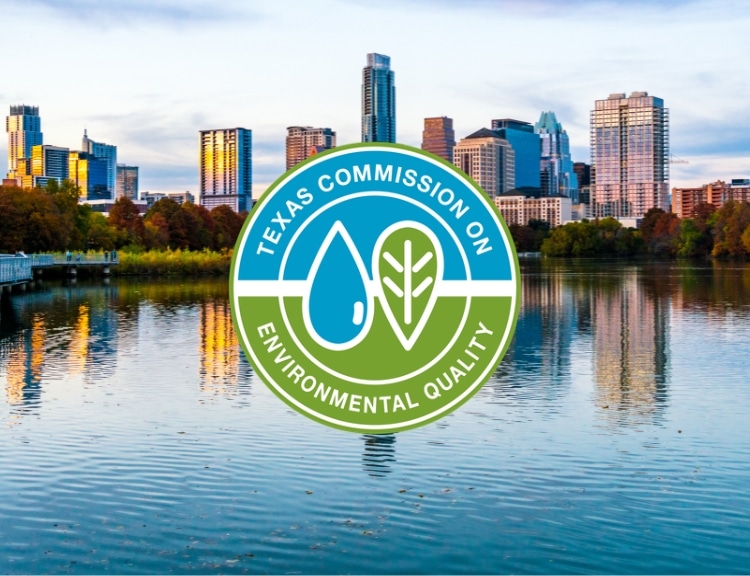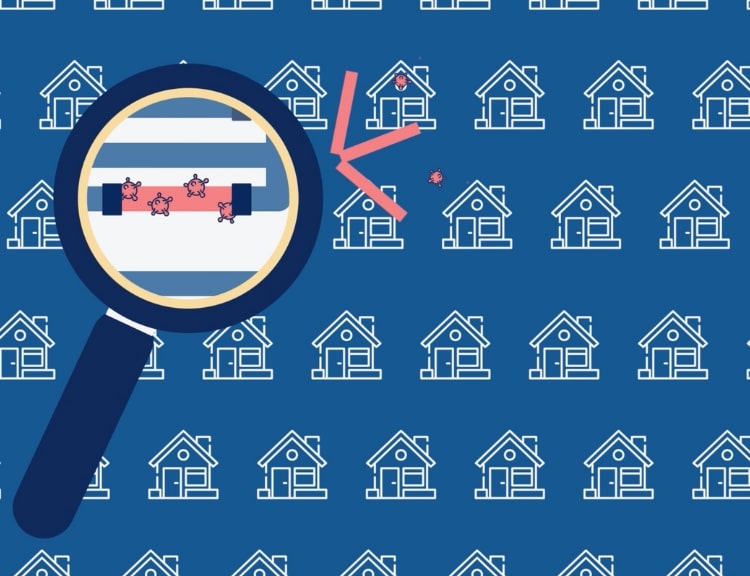On November 30, 2023, the EPA released its Proposed Lead and Copper Rule Improvements (LCRI). The proposed changes would add substantial requirements for water systems. How should water systems start to prepare for compliance? There is a lot to digest in these new improvements. So, we at BlueConduit want to share the highlights and how they affect water utilities.
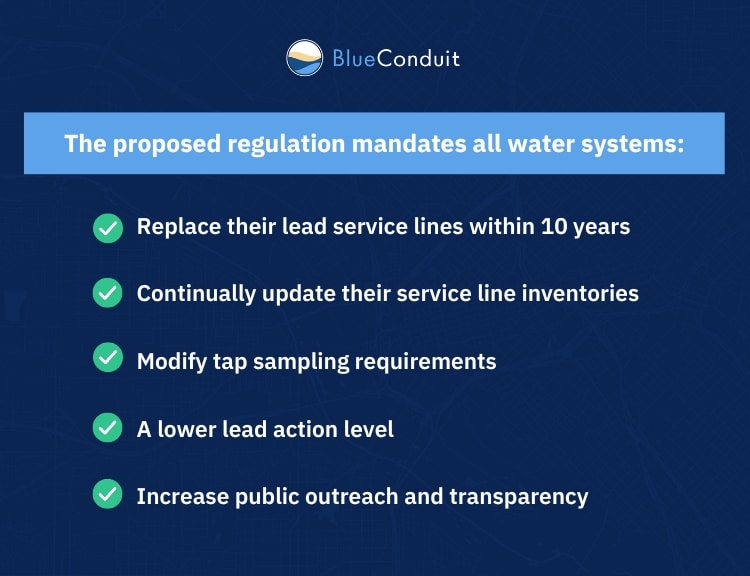
“The LCRI will not go into immediate effect due to the EPA’s rule-making and implementation process, but water utilities can glean insights from the proposed rule as they prep for LCRR’s 2024 requirements.”
As water utilities digest these proposed changes, they are simultaneously working to meet the Lead and Copper Rule Revision requirements that go into effect October 2024. The LCRI will not go into immediate effect due to the EPA’s rule-making and implementation process, but water utilities can glean insights from the proposed rule, especially as it relates to the Lead and Copper Rule Revisions’ (LCRR) 2024 requirements.
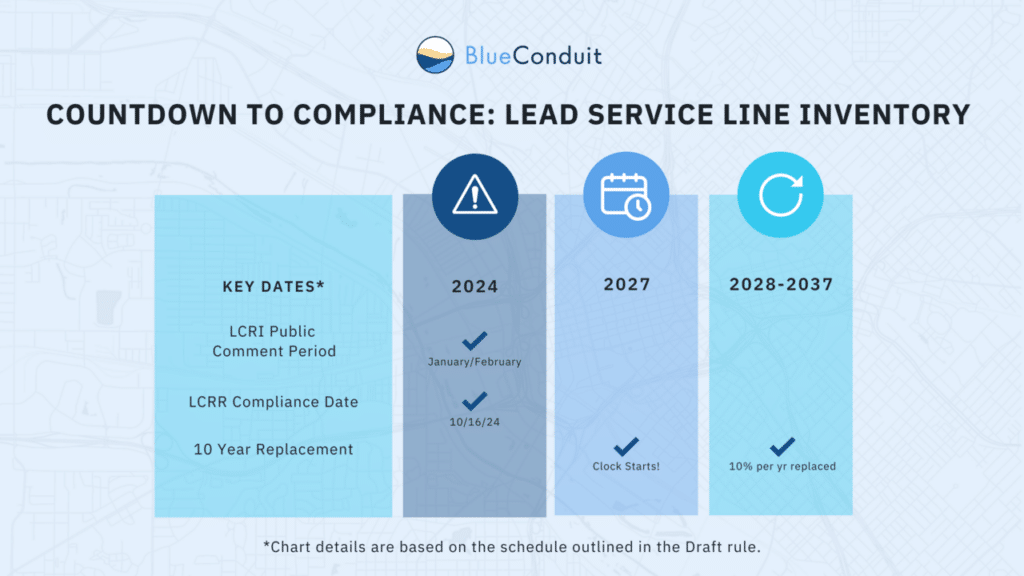
Replacement is Now Required for All Water Systems
Let us highlight a huge difference between the LCRR and the proposed LCRI. Under LCRR, lead service line replacement is not mandatory. Water systems are only required to implement lead service line replacement programs in the case of an action level or trigger level exceedance. The proposed LCRI’s 10-year replacement requirement means that all water systems need to plan for implementing system-wide lead service line replacement. All water systems with known lead service lines, GRR, or unknown service lines are required to develop a replacement plan as part of LCRR. Water systems should develop their plans with an eye toward mandatory replacement and the 10-year timeline. The LSLR plan due in 2024 requires water systems to include their strategy for identifying service lines of unknown material. Assigning material type to service lines ahead of any possible mandatory replacement requirement will allow water systems to effectively and efficiently implement a service line replacement plan. Learn how predictive modeling can reduce your “unknowns,” which will affect the number of lead lines you are required to replace each year.
Initial Inventories Are Still Due October 2024
By October 2024, water systems are required to submit initial lead service line inventories. These inventories allow water systems to characterize service line materials as “unknown” without any requirement for water systems to indicate whether or not they are made of lead. The proposed LCRI requires water systems to eventually identify the material of every service line. As water systems work to meet the 2024 LCRR requirements, they should be thinking about how they will verify materials of their unknown pipes. BlueConduit’s predictive modeling was the first to ever use such an approach, and it has helped hundreds of water systems reduce unknowns as part of service line replacement since 2016. These same methods will help water systems address the new requirement to verify all unknowns. And the new LCRI and LCRR permits the use of predictive modeling and other statistical methods If you plan to use predictive modeling (and we encourage that!), you will need to check on your state’s perspective on predictive modeling for service line investigation. And even if your water system expects to find no or very few lead service lines, the LCRI provides a pathway to reduce the number unknowns, and BlueConduit can support that compliance too.
Inventories Must be Updated and Explained
The LCRR requires water systems to update their service line inventories, submitting those inventories to the regulators on the same schedule as the required tap sampling for their state. The proposed LCRI would have water systems submit updated service line inventories annually, but the LCRI goes one step further than simply asking for updates. It requires water systems to delineate how they “know” their non-lead materials are just that. Water systems are now tasked with developing and sustaining non-lead validation processes. This means that water systems should implement SOPs for water utilities to track all service line material verifications, even among service lines that were categorized as “non-lead.” Doing so alongside developing the LCRR required inventory will make updating future inventory and verification requirements easier.
Although the components of the LCRI will not become a rule for at least three years – and some of it will likely change based on public comments, the proposed rule provides insights into what water utilities should begin thinking about as they work to meet LCRR requirements.
What You Can Do
- Submit your comments to the EPA on the proposed rule at regulations.gov Docket ID Number: EPA-HQ-OW-2022-0801
- Listen the recording of EPA webinar from Dec 6
- Attend our WaterWorld Webinar Dec 14 Register
- Attend the EPA virtual public hearing Jan 16 Register


